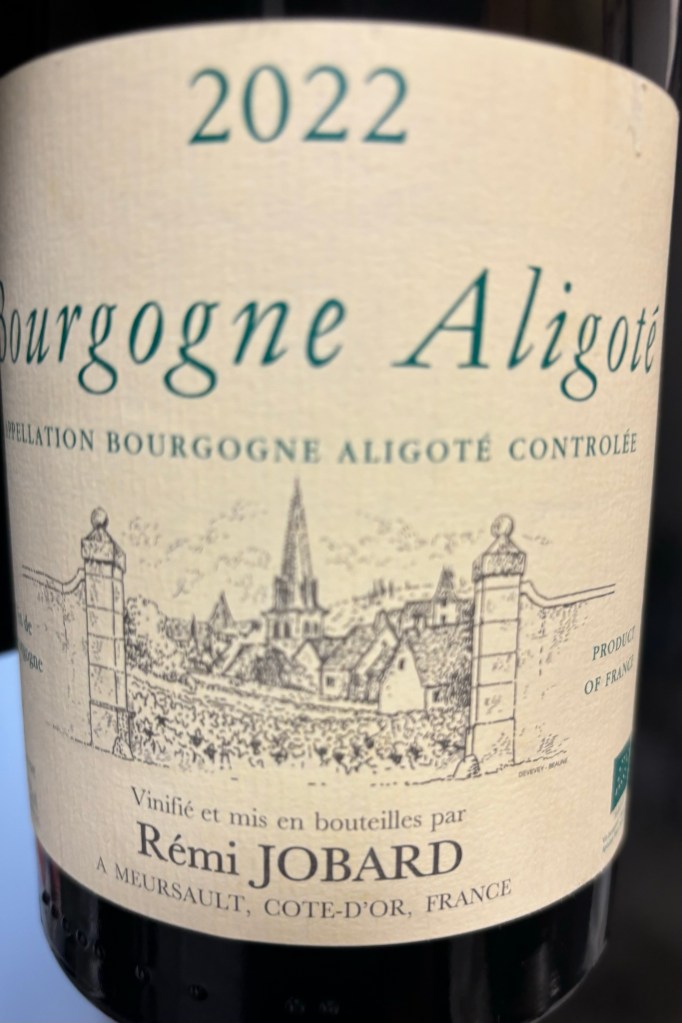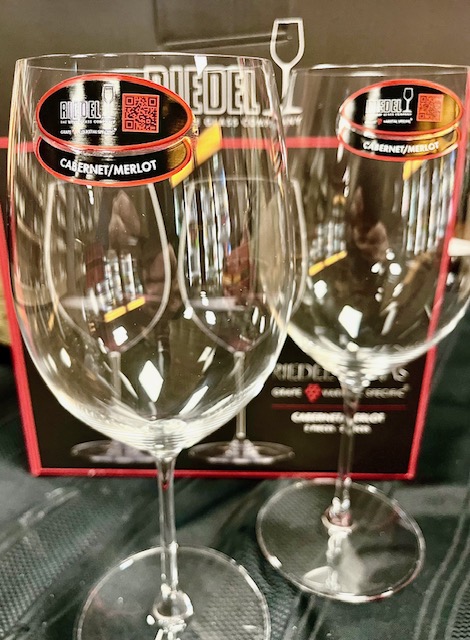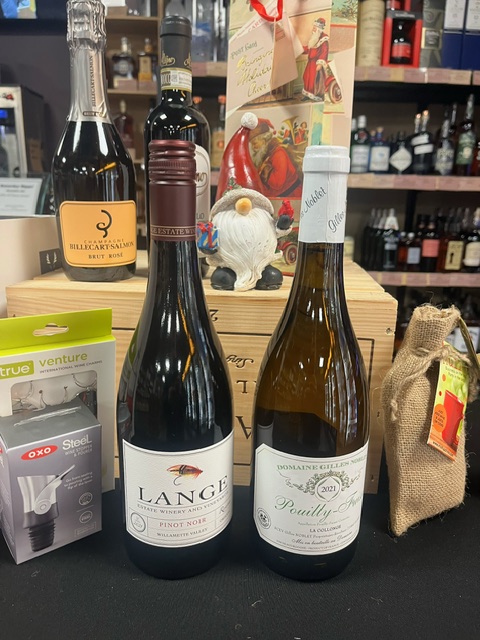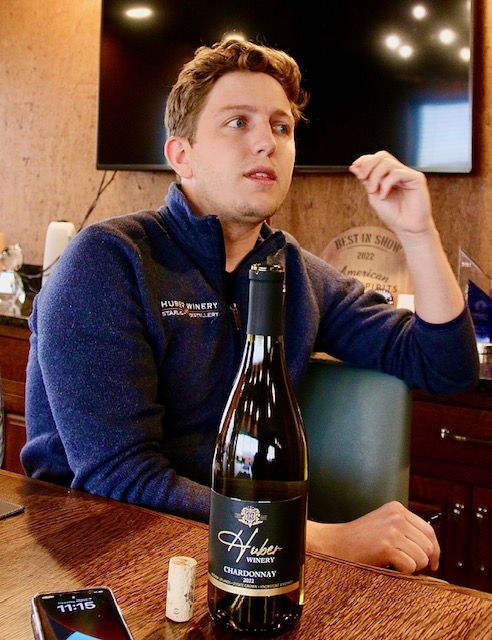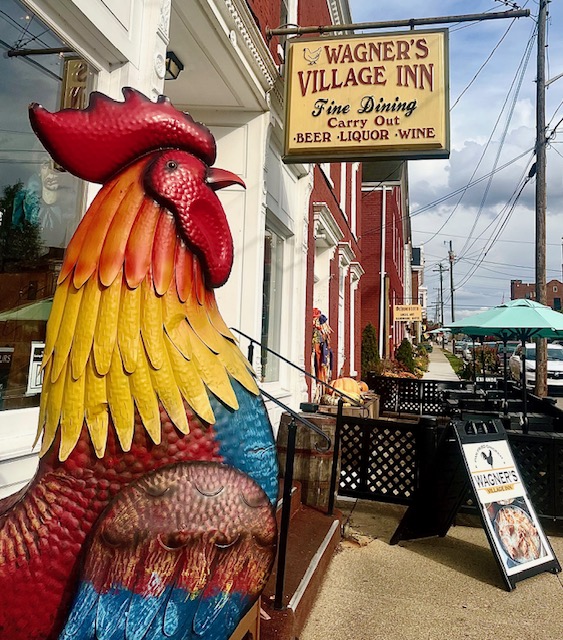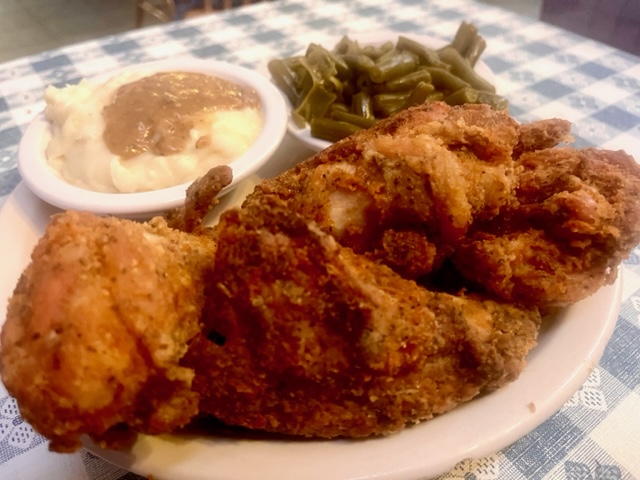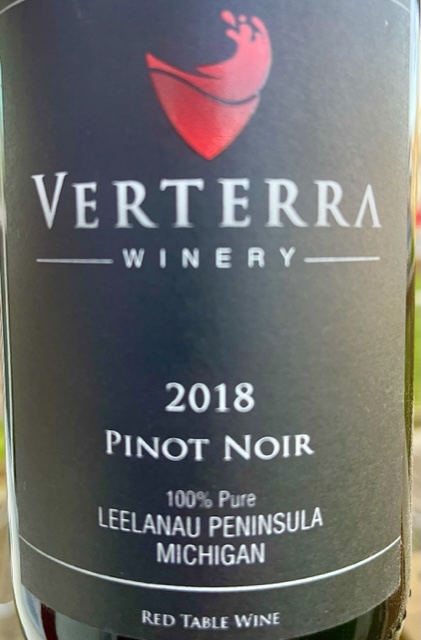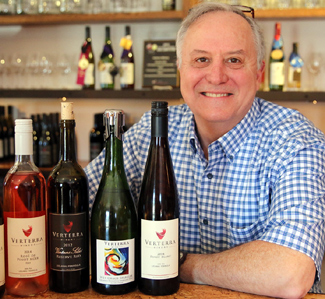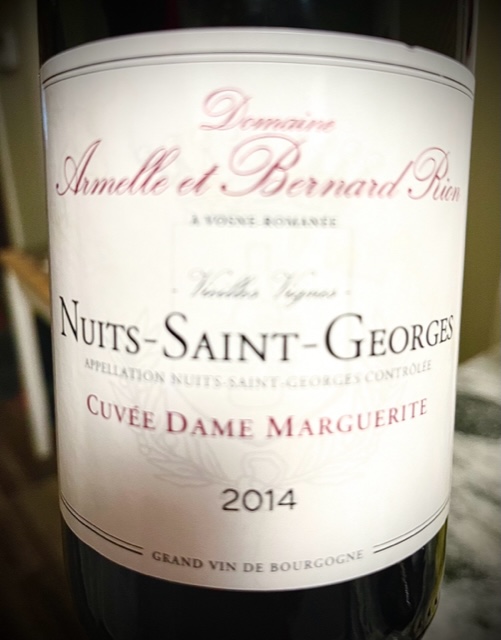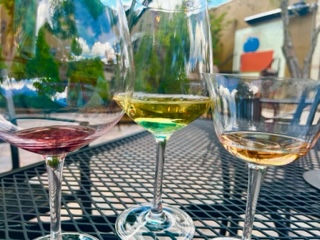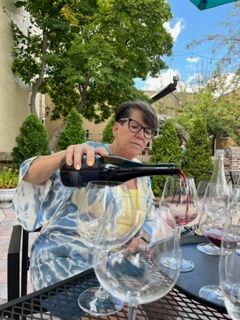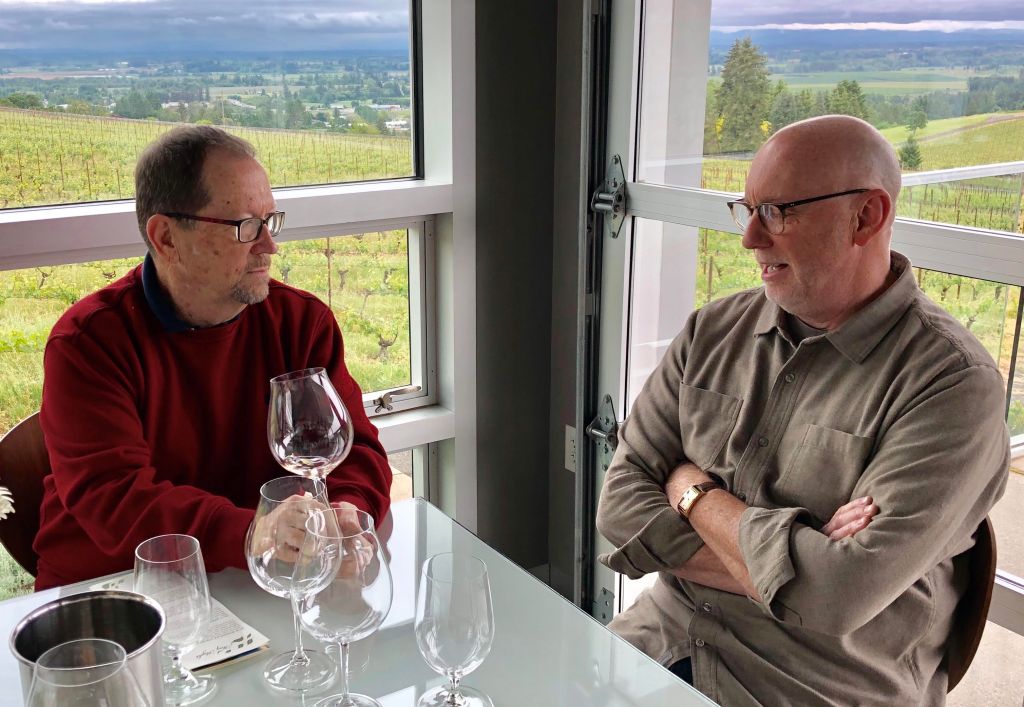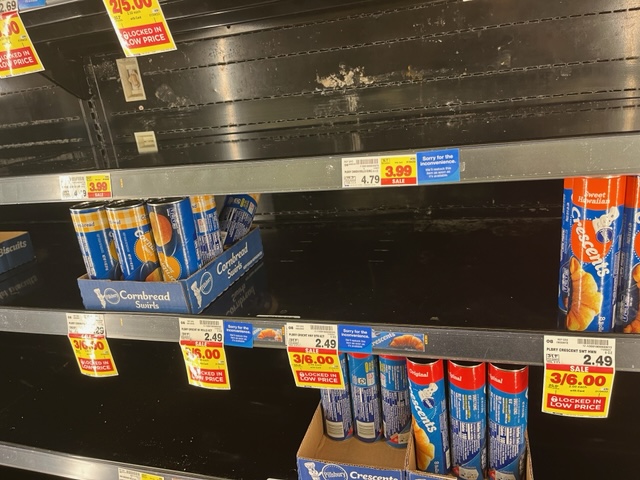EDITOR NOTE: This was my fall wine column for Madison Magazine, a quarterly lifestyle publication in East Central Indiana. They hold rights for a period after publication but the subject matter is not dated.
Does size really matter? No, but shape just might.
To elevate your wine drinking and pleasure consider buying a couple of really nice wine glasses. Opinions vary on the impact of high-end wine glasses, but many think it makes a difference. Count me in as one who likes the varietal-specific Riedel stemware.
Riedel is an historic Austrian company with all sorts of wine glasses at all levels of pricing. The company also pioneered specific-shaped wine glasses for different wines.
While I admit being a fan, wine professionals aren’t necessarily drinking from the same cup. Many sommeliers recommend one really nice, well-made glass – usually a medium-size Bordeaux glass.
Jan Bugher, sommelier at Bluebeard restaurant in Indianapolis, mostly agreed with her wine pro colleagues until she and I did a couple of side by side comparisons during the conversation for this column.
“I’m not sure it makes that big a difference,’ she said when we sat down. “It’s not just the shape of the glass but the way the wine hits your mouth.” She believes the thin lip of finer stemware will give the best wine enjoyment.
Instead, as a restaurant wine specialist, she thinks it makes a difference to the wine buyer. “It is sort of tradition and experience,” she said. “It also is an indication of service. If I go into a restaurant and they serve their wine in a thick glass I have some doubts. But if a customer orders a Red Burgundy or White Bordeaux and the staff is putting down the appropriate stemware, it changes your whole perception of the restaurant.”
But still Bugher wasn’t positive it made a difference in day-to-day drinking. So, she and I enjoyed a side-by-side experiment with a big-bowl Riedel Pinot Noir glass and a standard shape inexpensive glass. We drank a lovely, and inexpensive Weather Pinot Noir from the Sonoma Coast. Suggested retail, not restaurant prices, would be around $20-$30.
The veteran wine specialist was surprised. “It does make a difference,” she admitted. “I feel like I’m getting more fruit from this one (Riedel stemware)” She went on to notice, and me too, that the characteristics on the nose of the wine were much more pronounced in the Riedel glass.
“It comes across a little more focused, elegant and dry. It just focuses the fruit more,” she said. “Is it enough I’d do it every day probably not, but there is a difference.”
My personal experience is it makes a very notable difference with Pinot. I own the Riedel Pinot Old World and New World (tulips) glasses and love them. I also use a Syrah/Zinfandel glass for big wines.
It’s time to note the Riedel glasses are by far and away the industry leaders but they’re not cheap. Any one of its top level stemware runs around $30 a glass. Riedel produces multiple shapes for all sorts of different wines and have 96 different products on its webside.
But what should you buy to enhance your wine-drinking experience?
“I would tell people to buy the Riedel red (Bordeaux). I think that’s a great all-purpose glass. It’s a great glass you can use for everything, that’s unless you want to do something fancy.” Fancy used to be the tall, slim flutes for bubbles. But in recent years more traditional glasses and even cocktail-shaped glasses have taken over for sparkling wines.
Bugher believes wine glasses are part of a great wine experience. “It’s about attention to detail and perception. And we’ve proven here today that they do work.”
Since she serves and recommends wines nightly in one of Indy’s high-end restaurants, she notices customers’ reactions. “When people spend money it gives them confidence in what they spend. If I just bought a $100-$200 bottle of red burgundy (and they bring out Riedel stemware) I think, ‘Oh good they’re breaking out the nice glasses and I feel better for what I spent.”
So image counts, yes. But try the side-by-side test and you’ll be surprised how shape affects flavor.
What do I recommend? I agree that buying the red wine Bordeaux glass is a great start. I’d add a Pinot glass, if you drink a lot of Pinot Noir, and a cocktail sour glass for bubbles.
There are other glass brands just look for shape and the thinness of the lip.
Wine glasses will become just as important to you as the wine you’re pouring.

